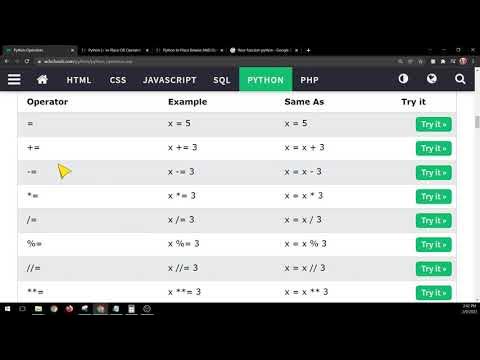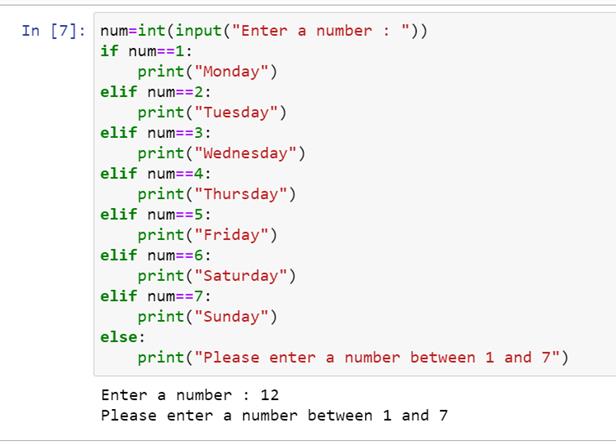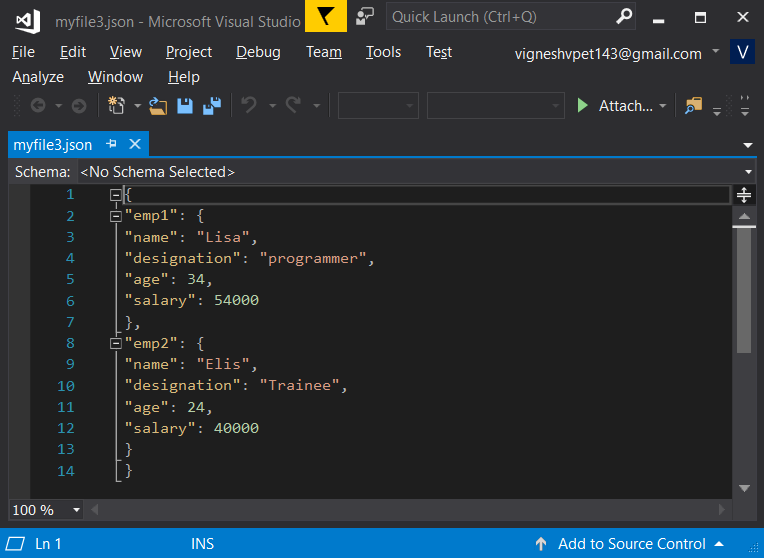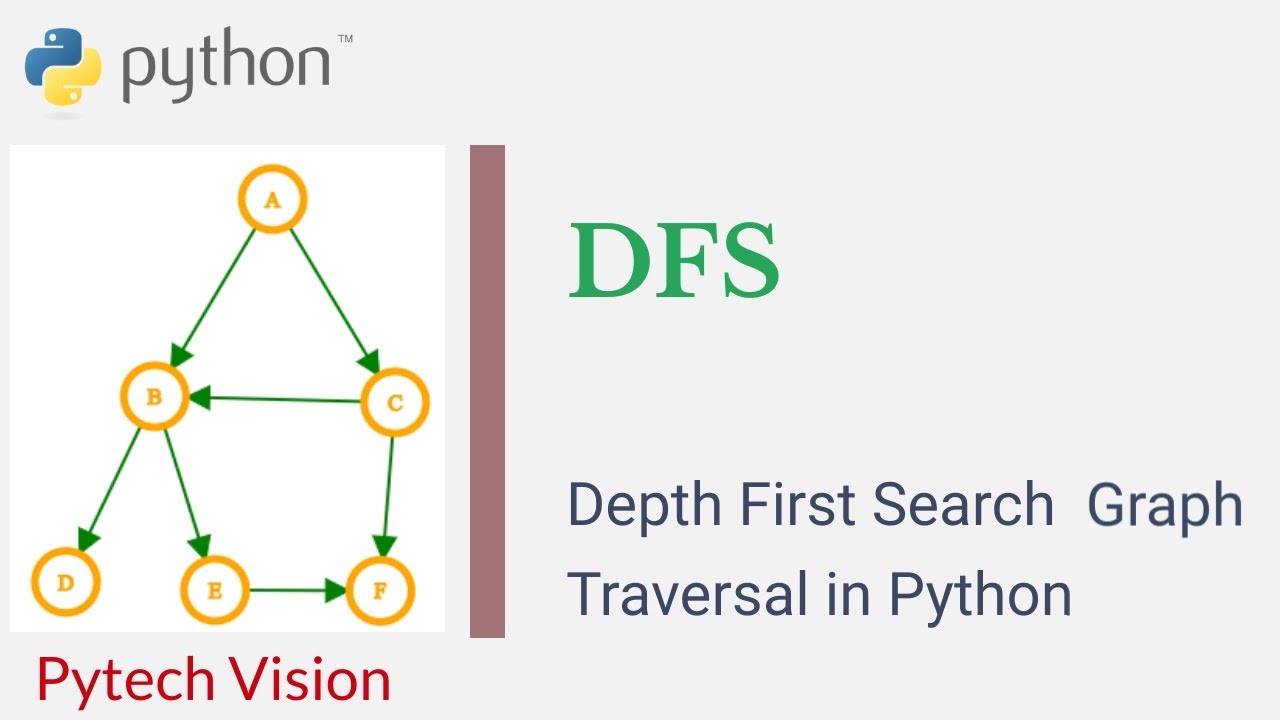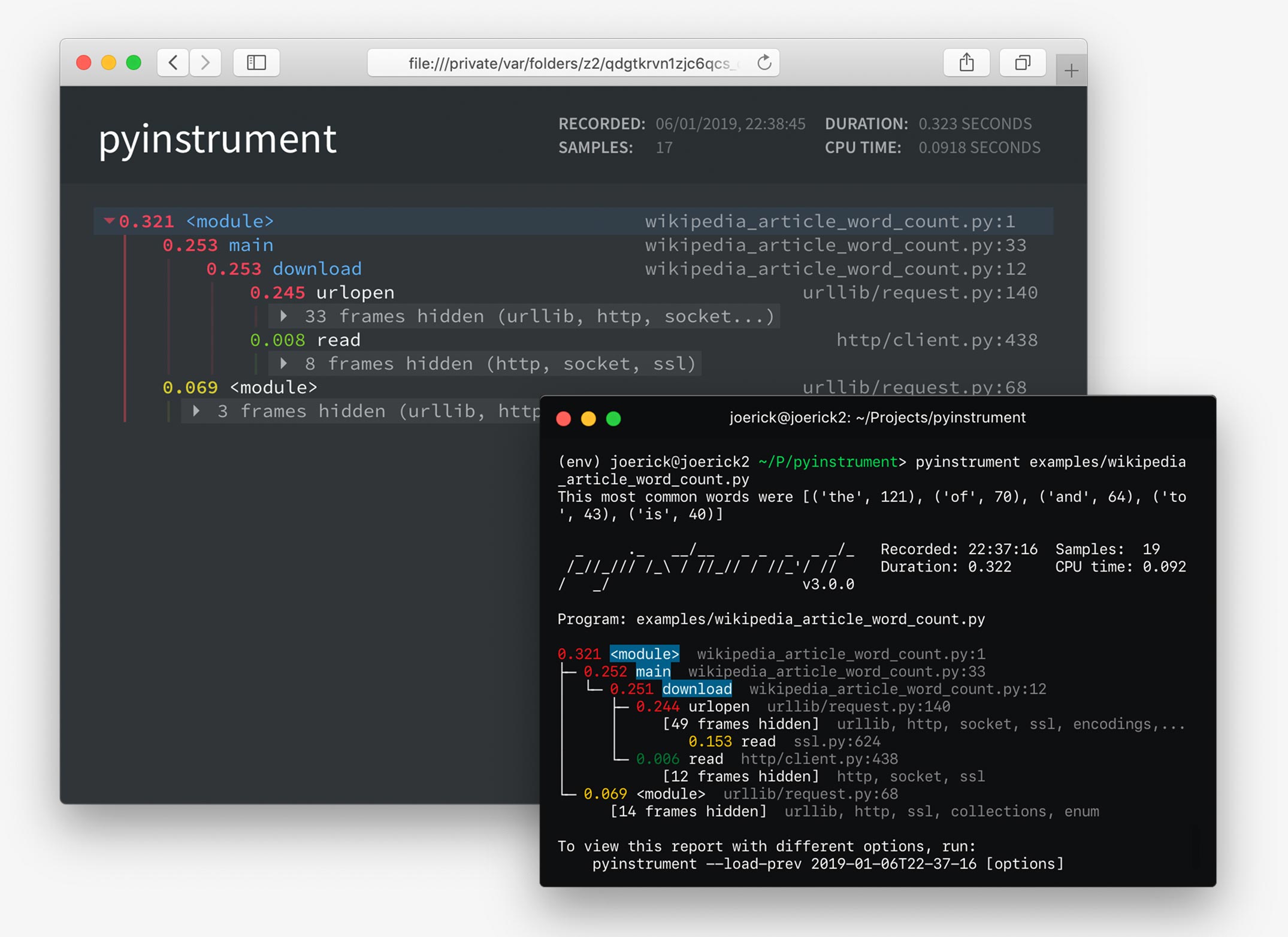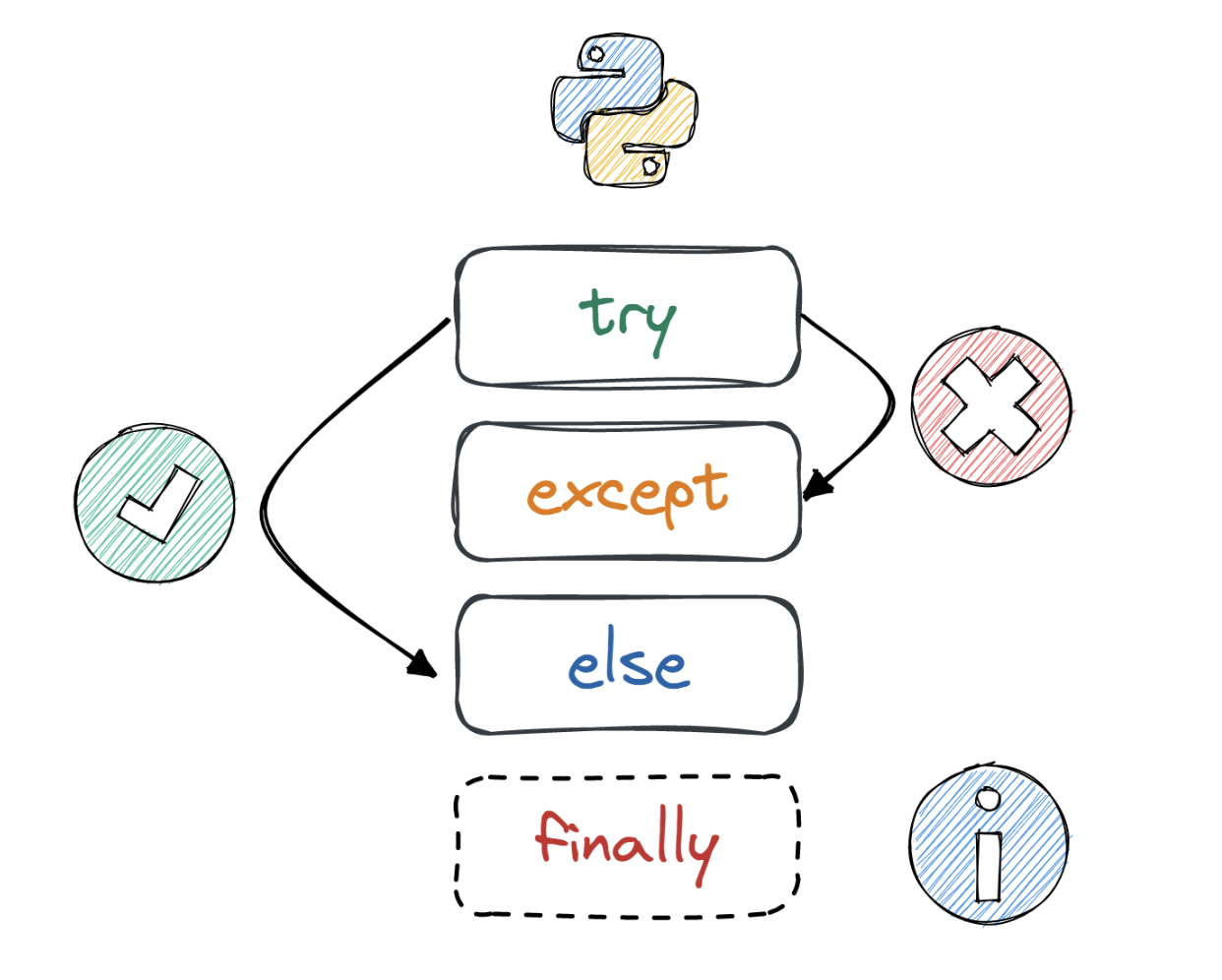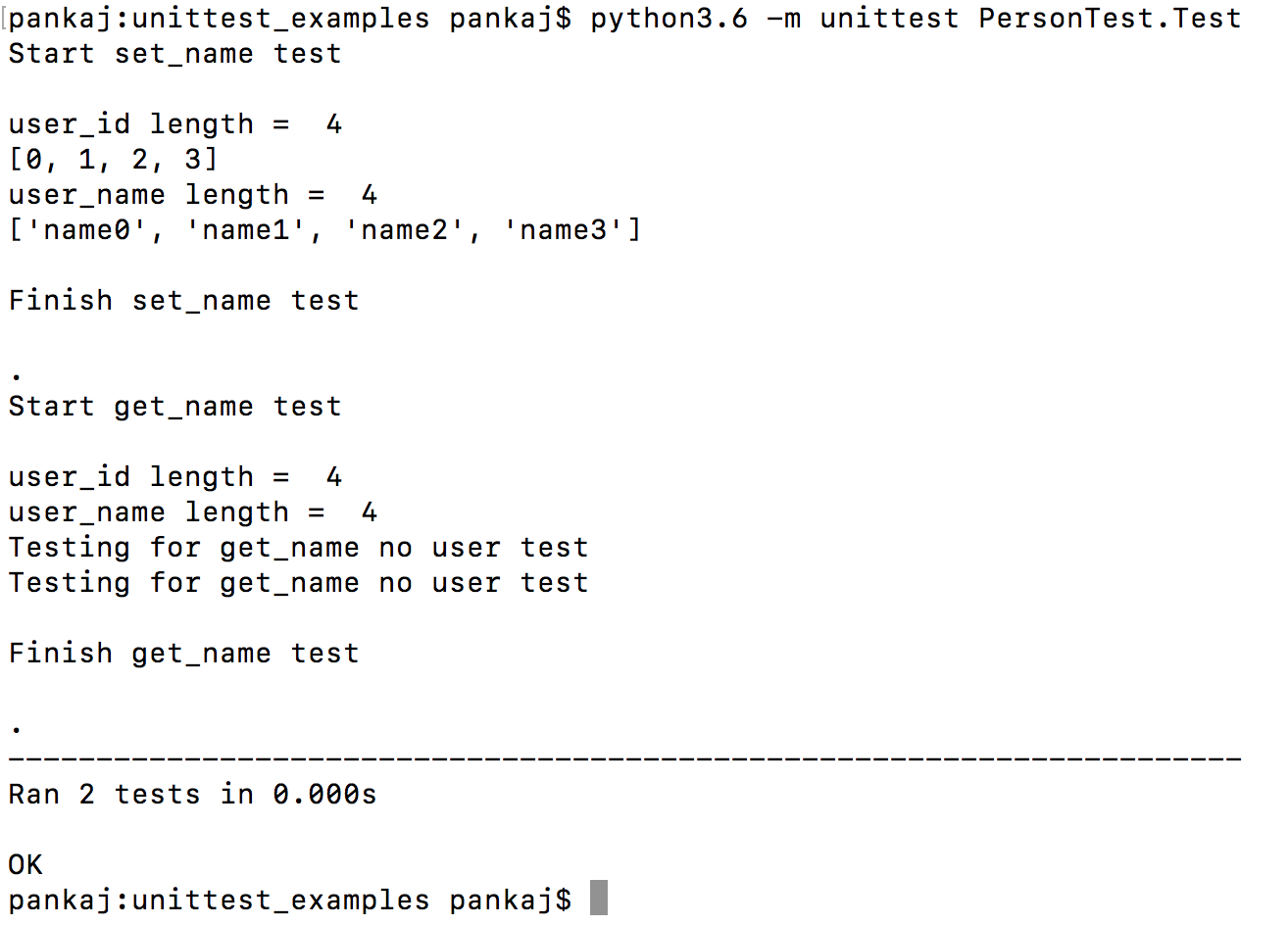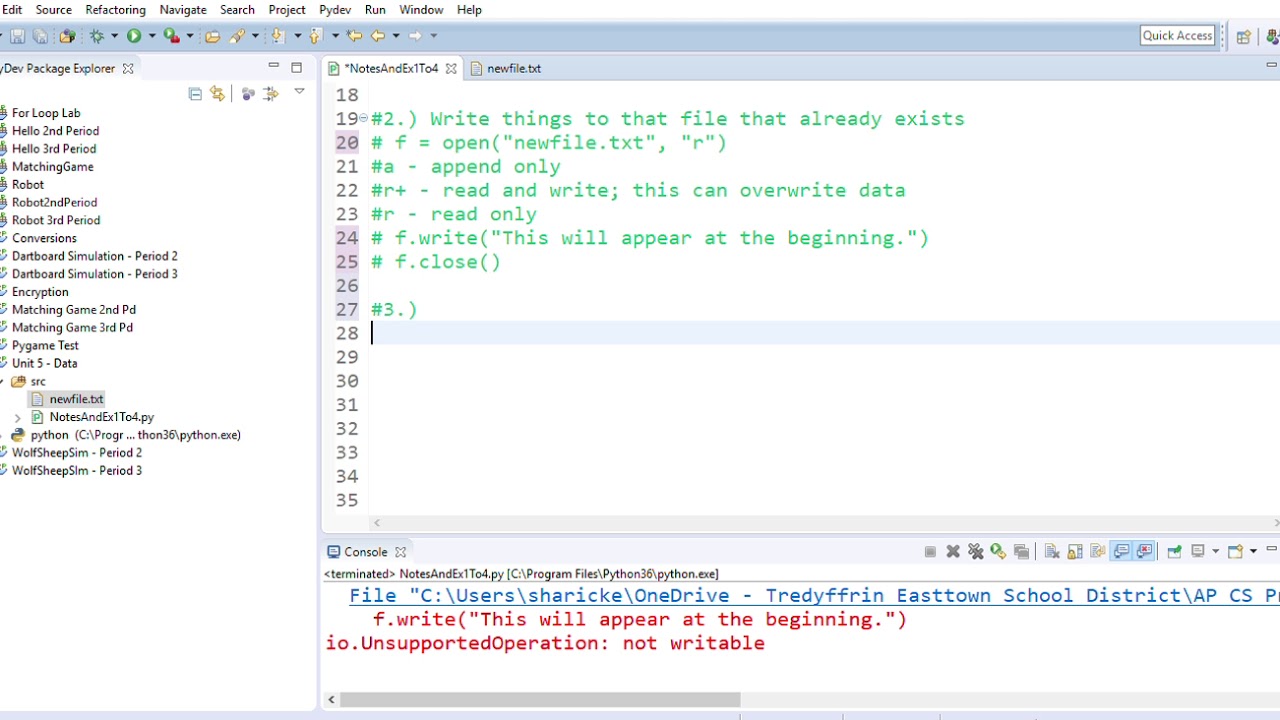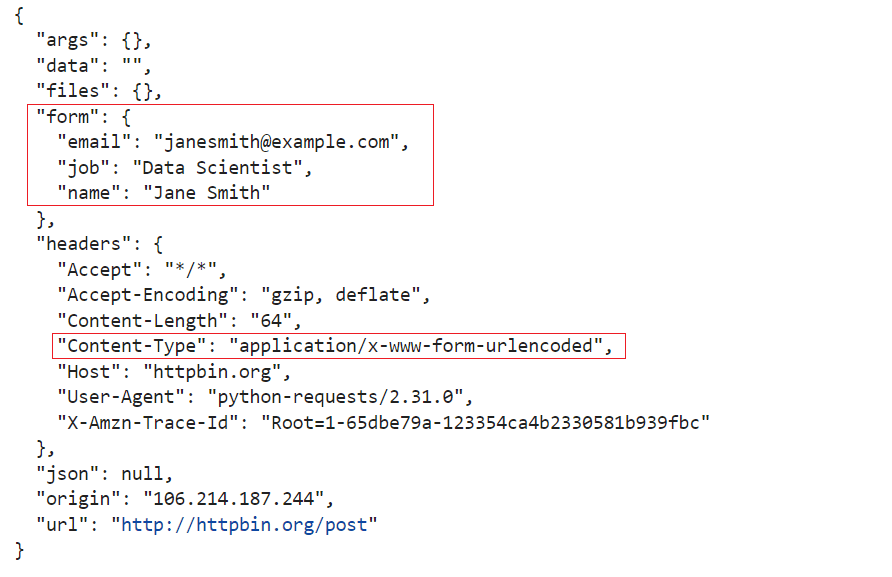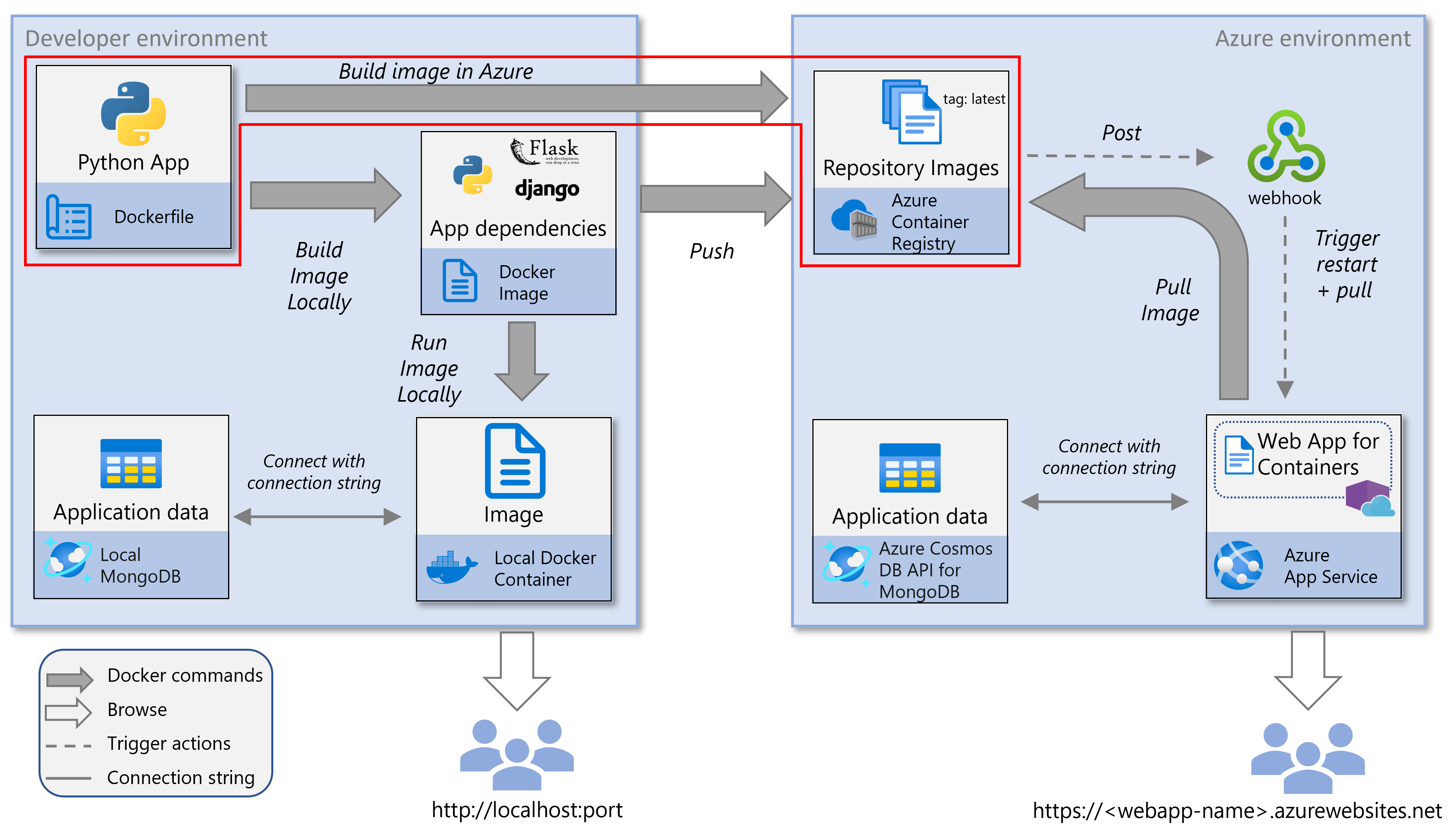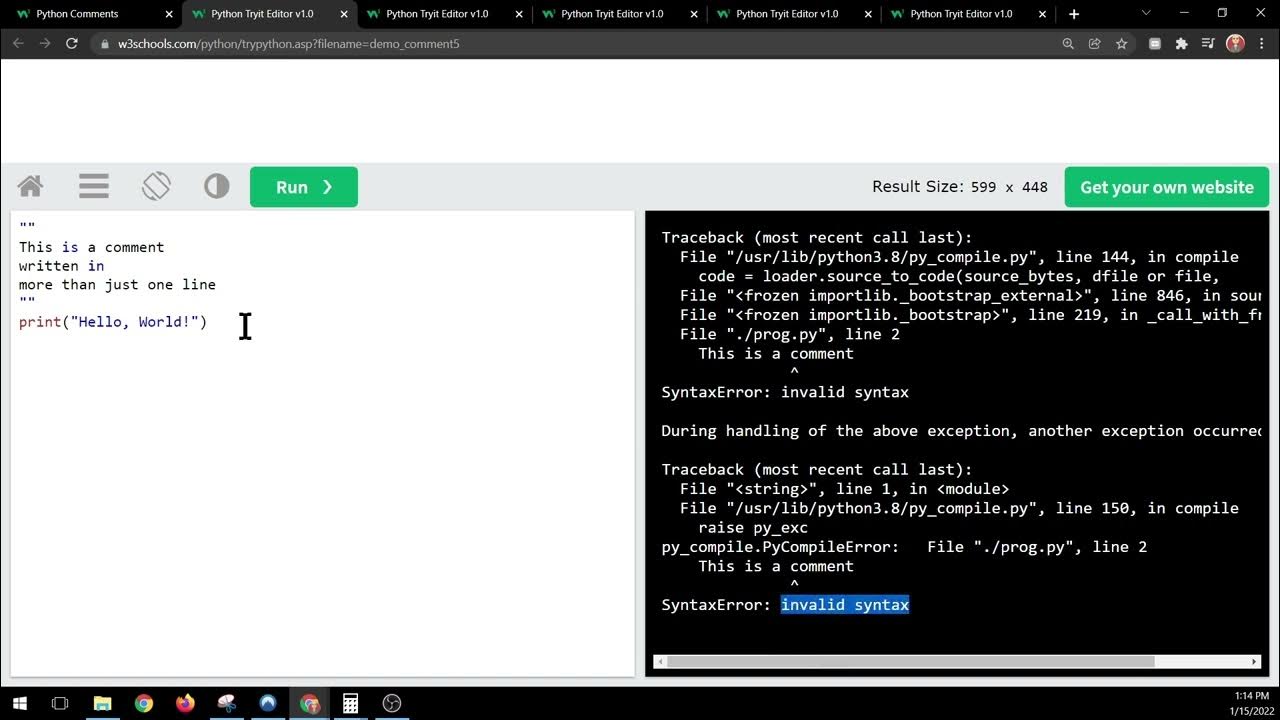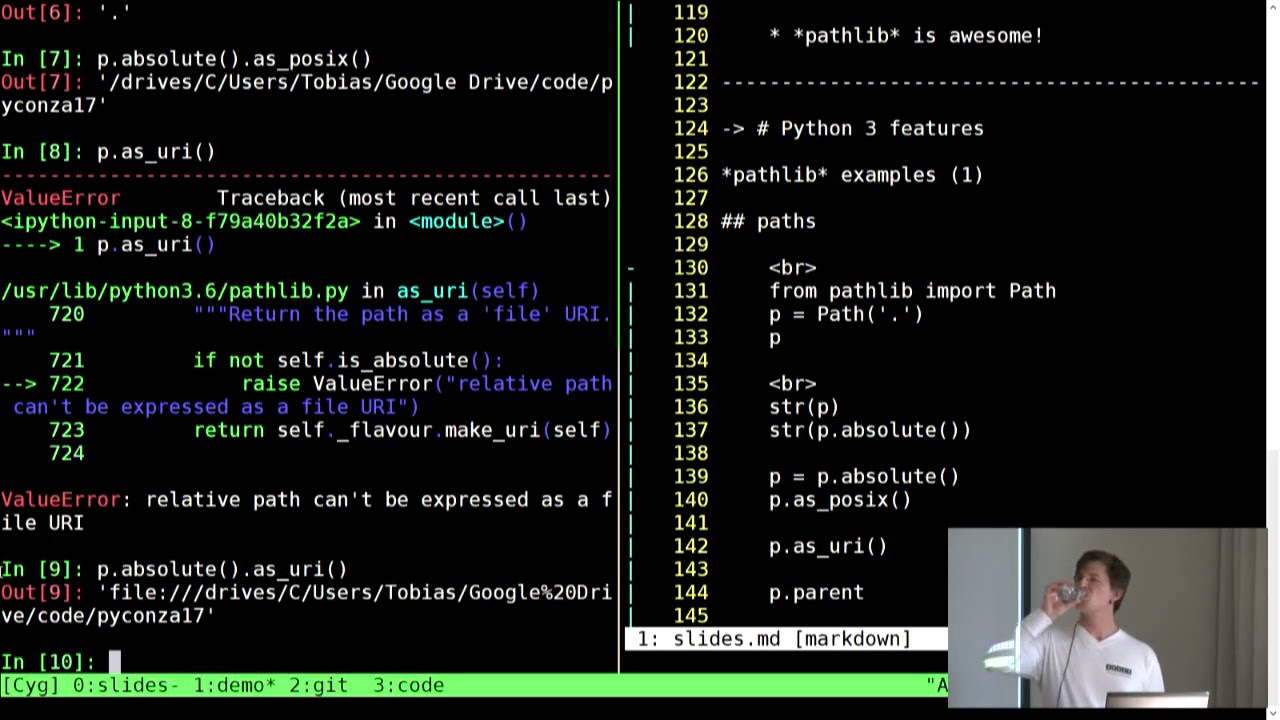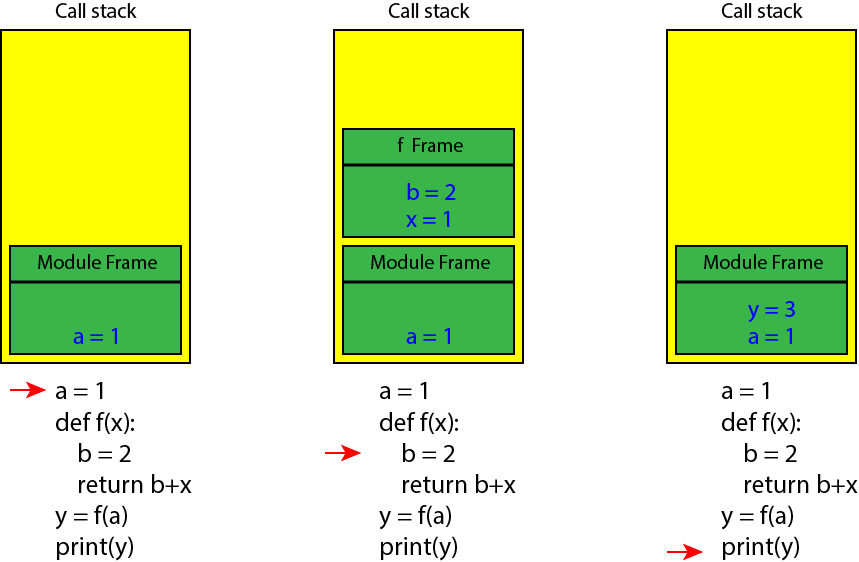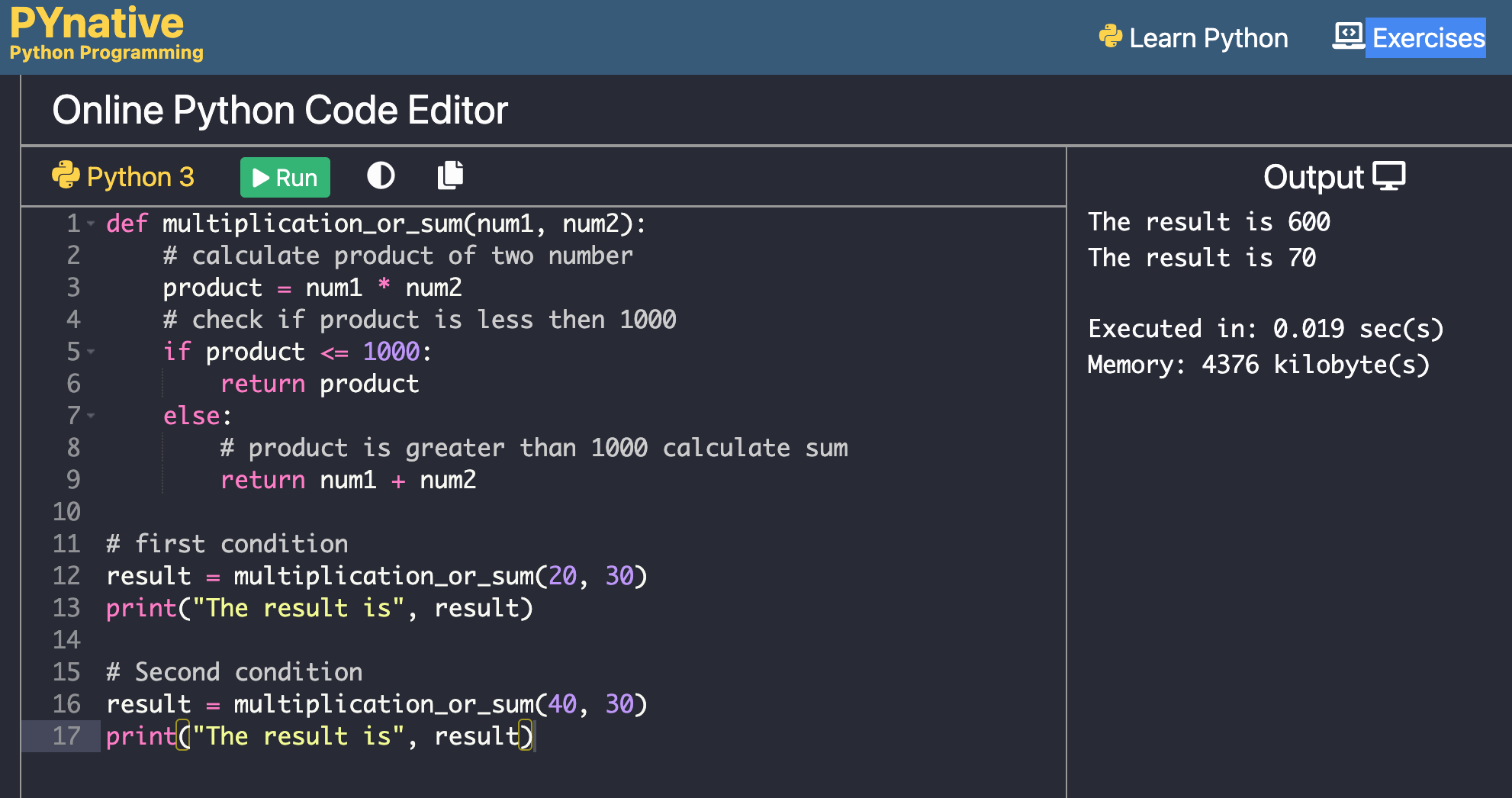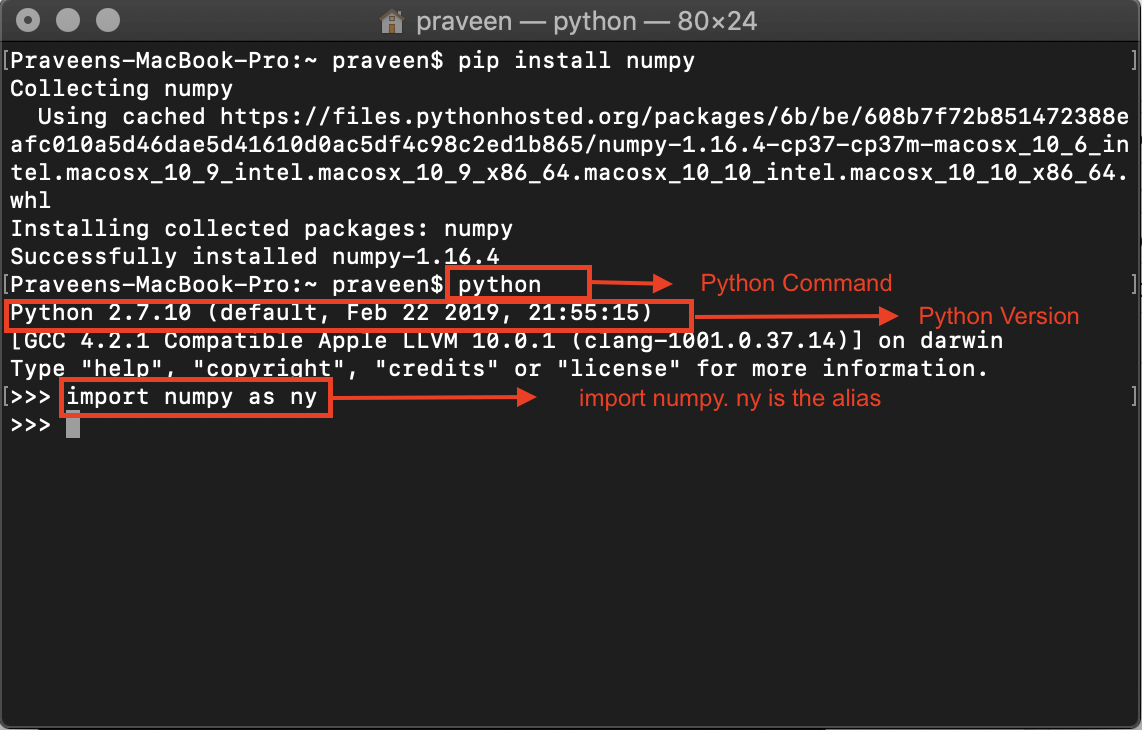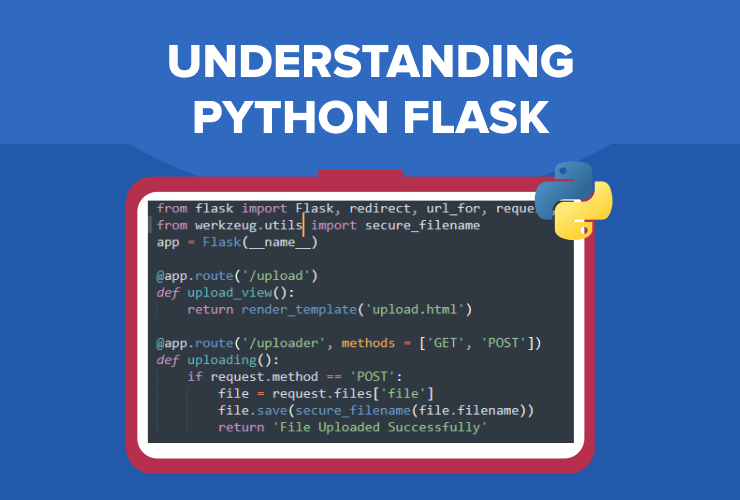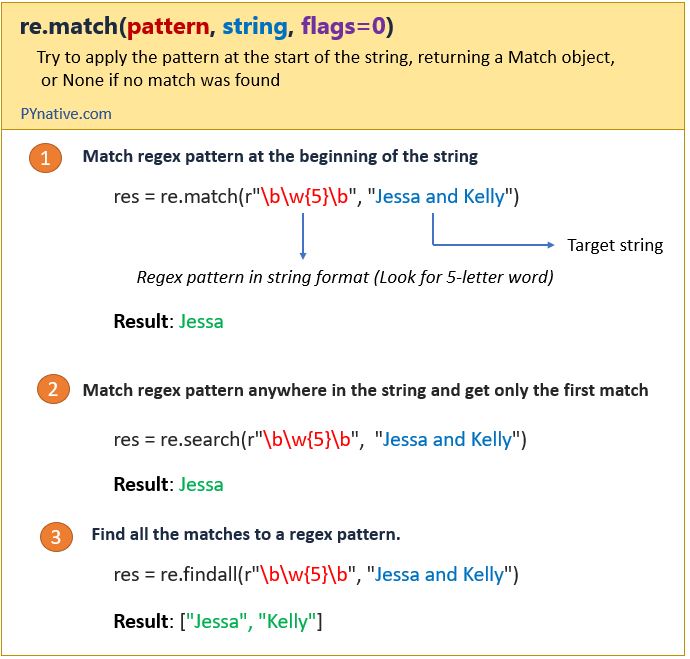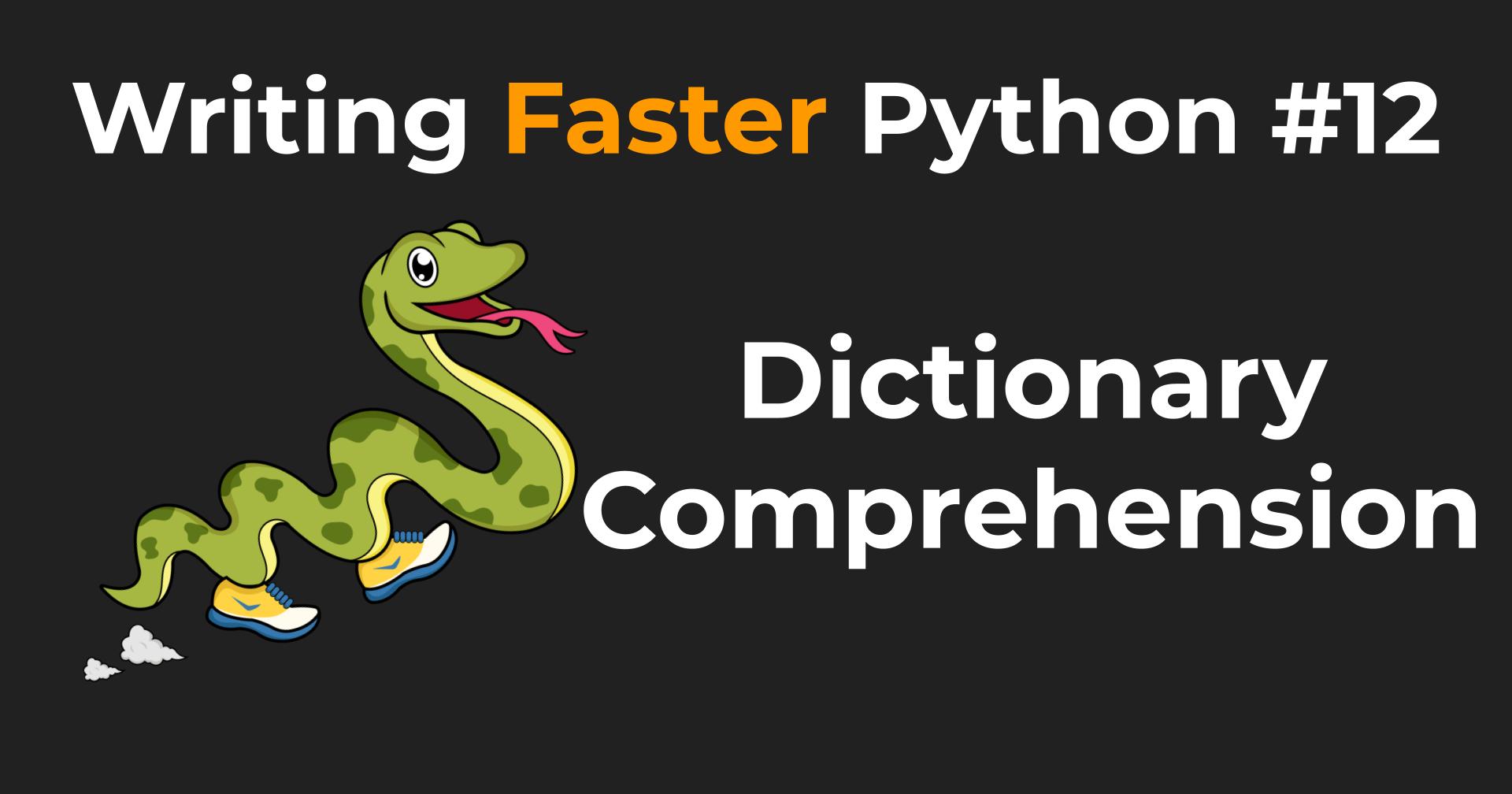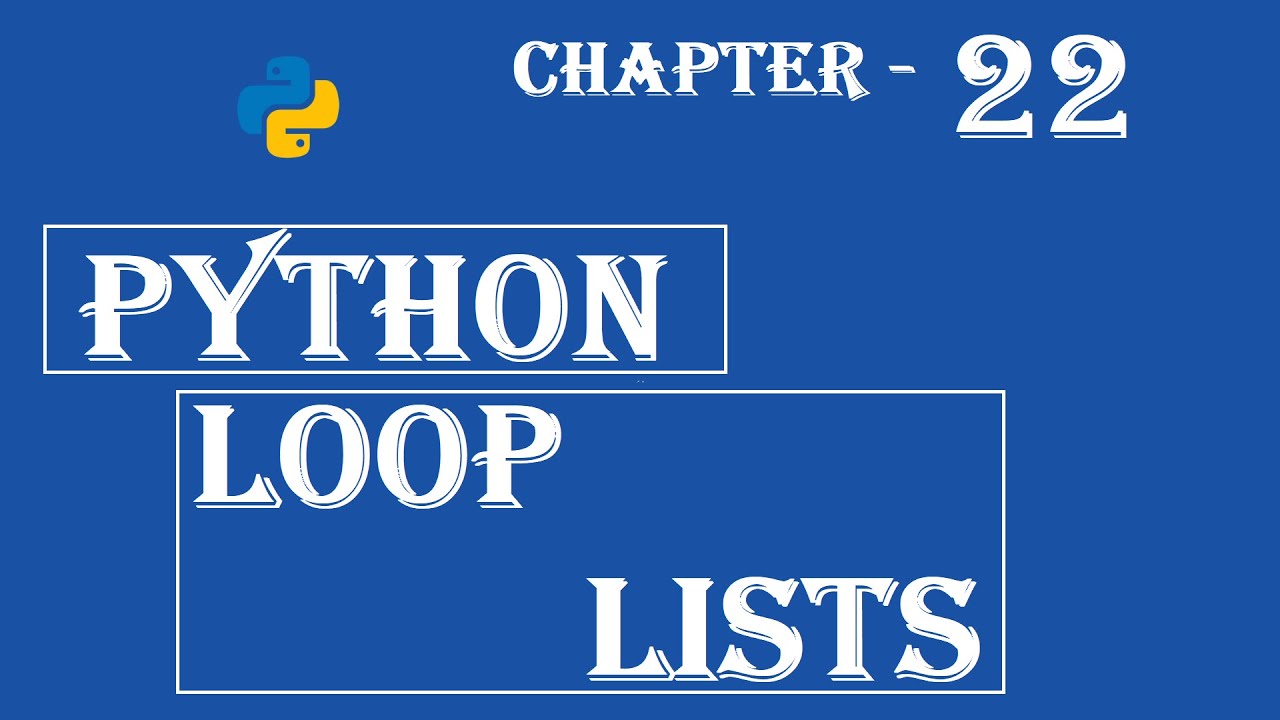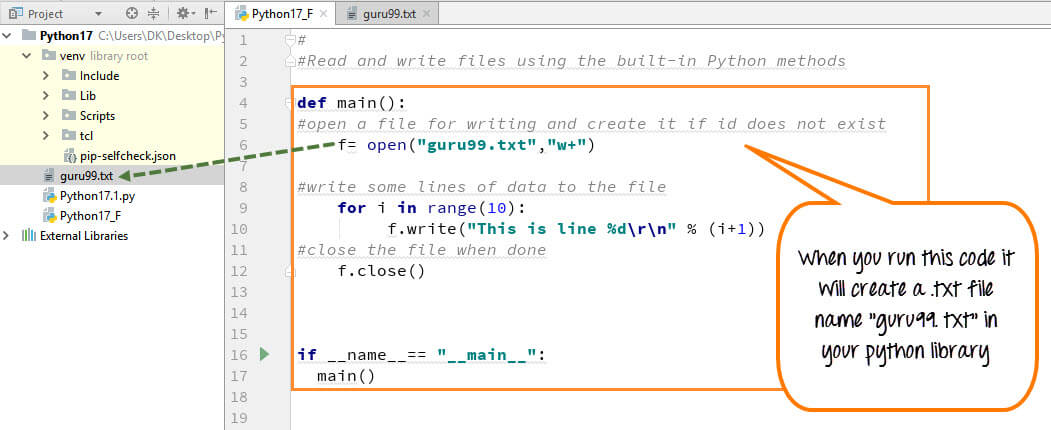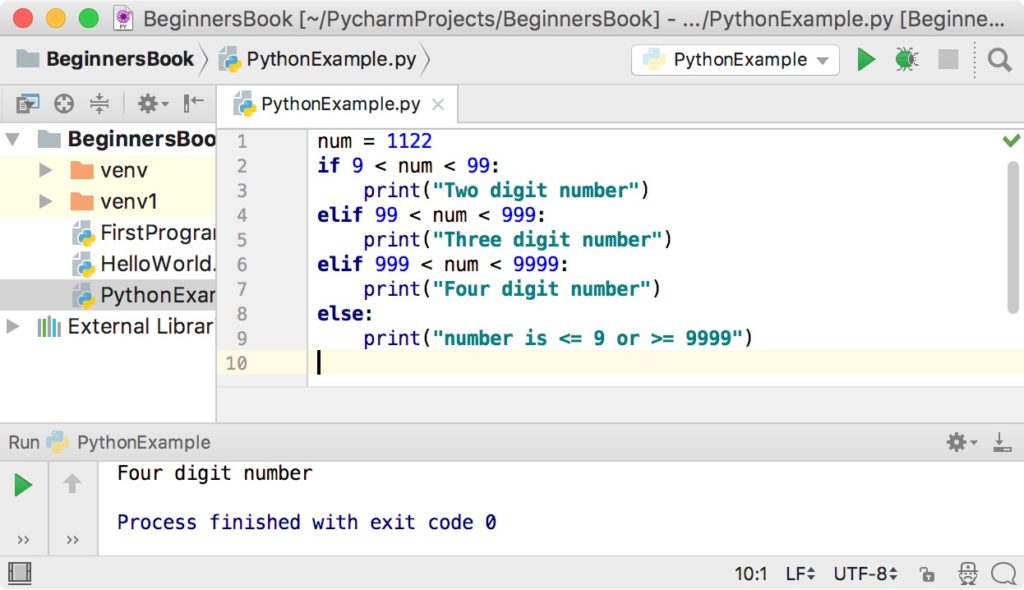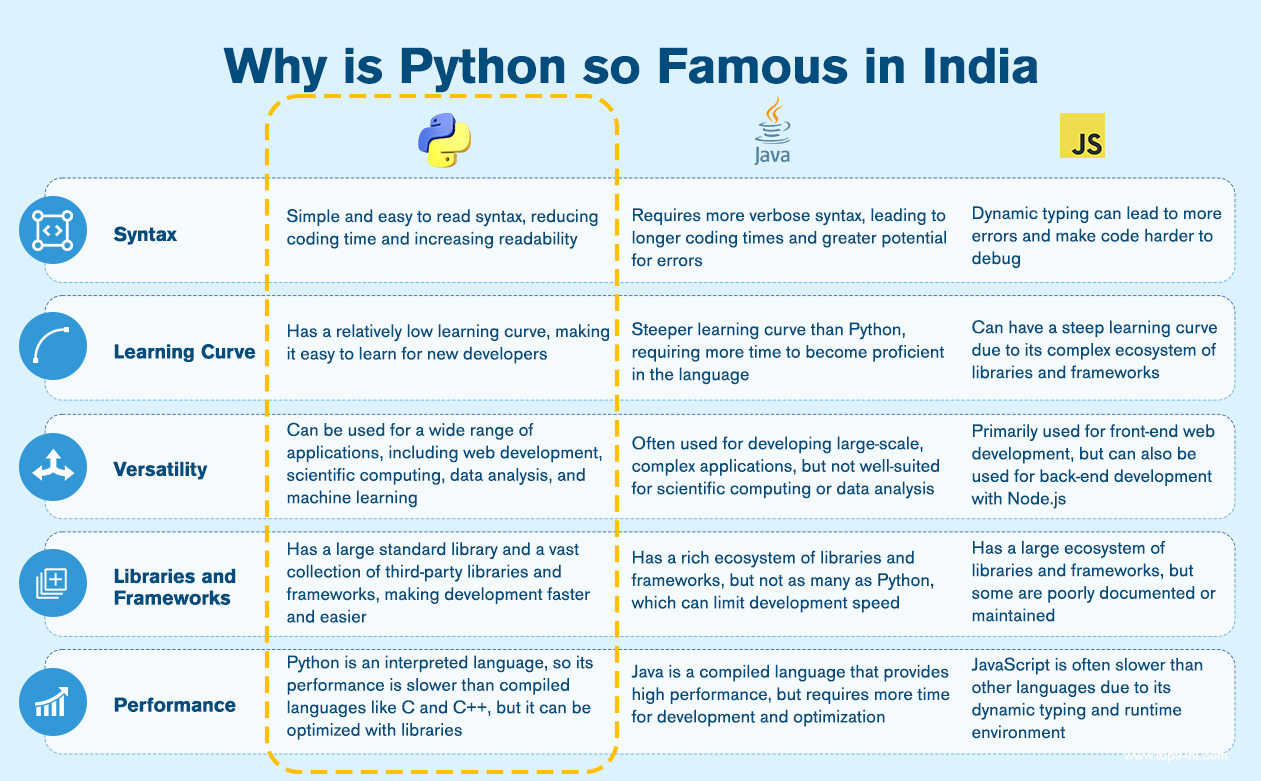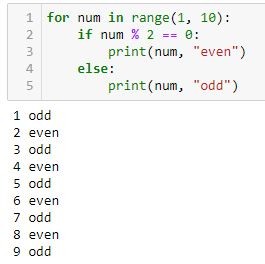Dictionary comprehension python example
Dictionary comprehension python example
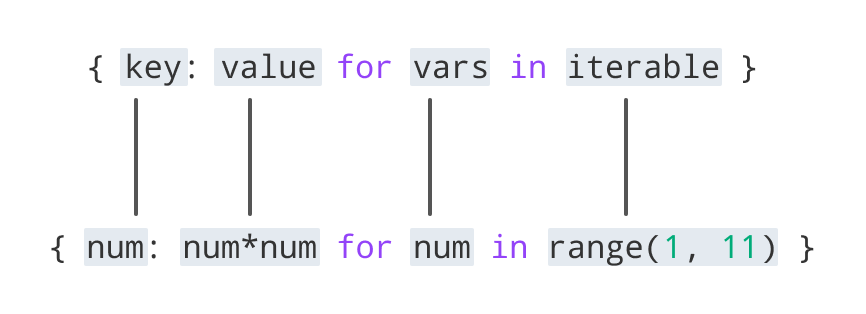
Here's a Python code snippet that demonstrates the use of dictionary comprehension:
# Define a dictionary
fruits = {'apple': 'red', 'banana': 'yellow', 'orange': 'orange'}
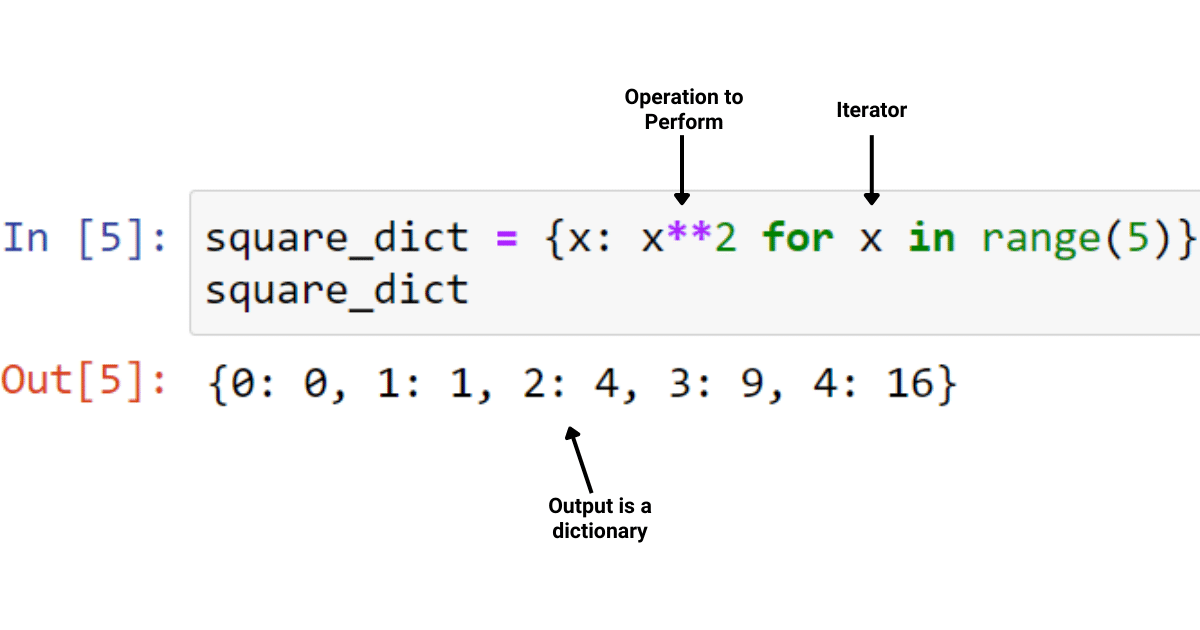
Use dictionary comprehension to create a new dictionary with fruits and their colors in uppercase
fruit_colors_uppercase = {k.upper(): v.upper() for k, v in fruits.items()}
print(fruit_colors_uppercase)
When you run this code, it will output:
{'APPLE': 'RED', 'BANANA': 'YELLOW', 'ORANGE': 'ORANGE'}
As you can see, dictionary comprehension is a concise way to create a new dictionary by performing an operation on each key-value pair of another dictionary. In this case, we're using the uppercase function from Python's built-in str type to convert both keys and values in the original dictionary to uppercase.
Here are some more examples of using dictionary comprehension:
# Create a dictionary with squares of numbers
numbers = {1: 'one', 2: 'two', 3: 'three'}
squares = {k: k * k for k in numbers.keys()}
print(squares)
Output:
{1: 1, 2: 4, 3: 9}
Create a dictionary with fruits and their quantities
fruits_and_quantities = {'apple': 5, 'banana': 7}
quantities_dict = {k: v * 2 for k, v in fruits_and_quantities.items()}
print(quantities_dict)
Output:
{'apple': 10, 'banana': 14}
Create a dictionary with keys that are strings
keys_string = ['hello', 'world']
dict_str_key = {key: f'{key} is a string' for key in keys_string}
print(dict_str_key)
Output:
{'hello': 'hello is a string', 'world': 'world is a string'}
These examples demonstrate how dictionary comprehension can be used to create new dictionaries by performing various operations on existing dictionaries. It's a powerful tool in Python, and understanding it well can make your code more readable, efficient, and easy to maintain!
What is set comprehension in Python?
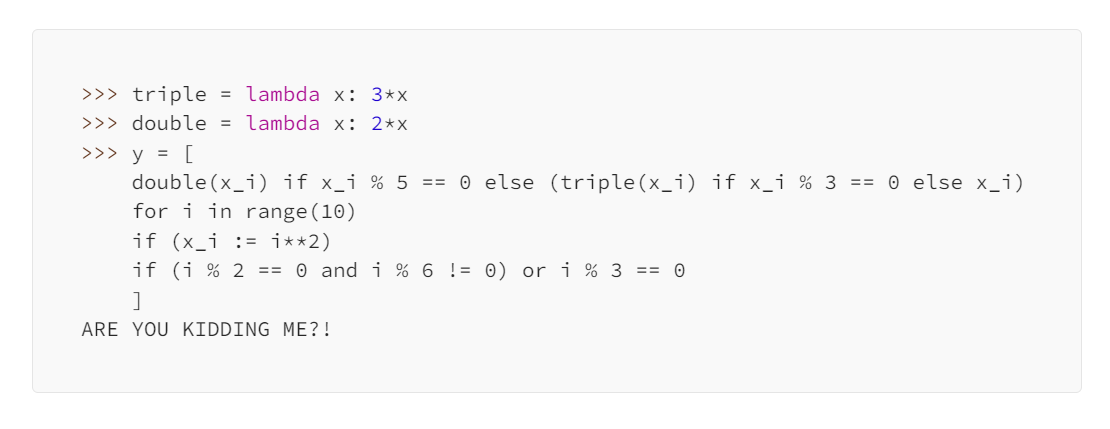
Set comprehension! It's a fascinating topic in the world of Python programming.
So, what exactly is set comprehension?
In Python, set comprehension is a powerful and concise way to create sets from other iterables, such as lists, tuples, or dictionaries. A set, by definition, is an unordered collection of unique elements.
Let's take a look at how you can use set comprehension to create a new set:
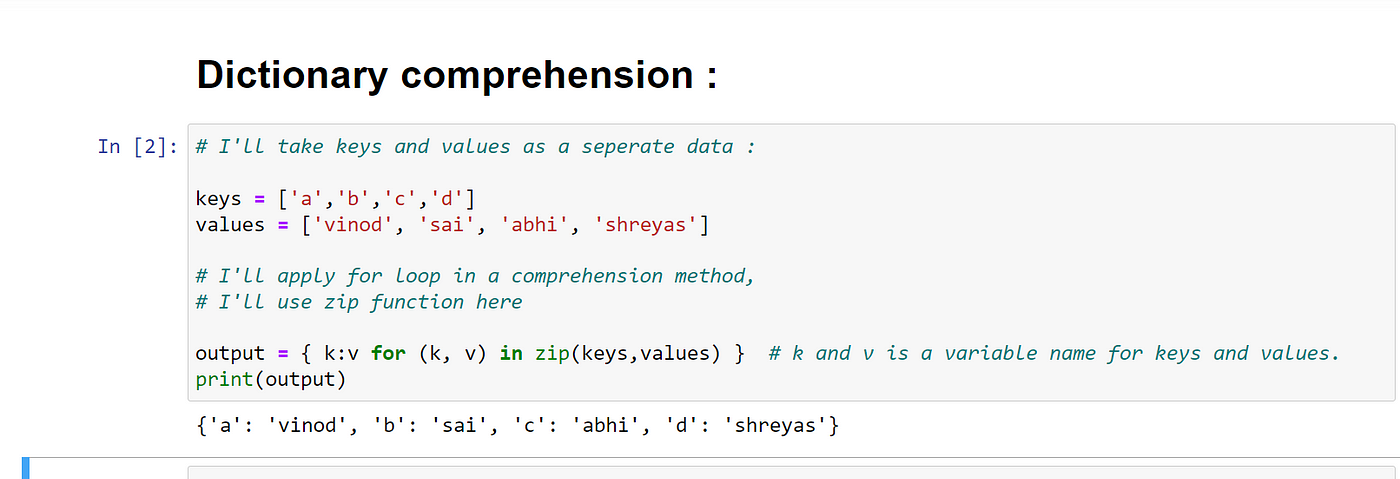
numbers = [1, 2, 3, 4, 5, 6]
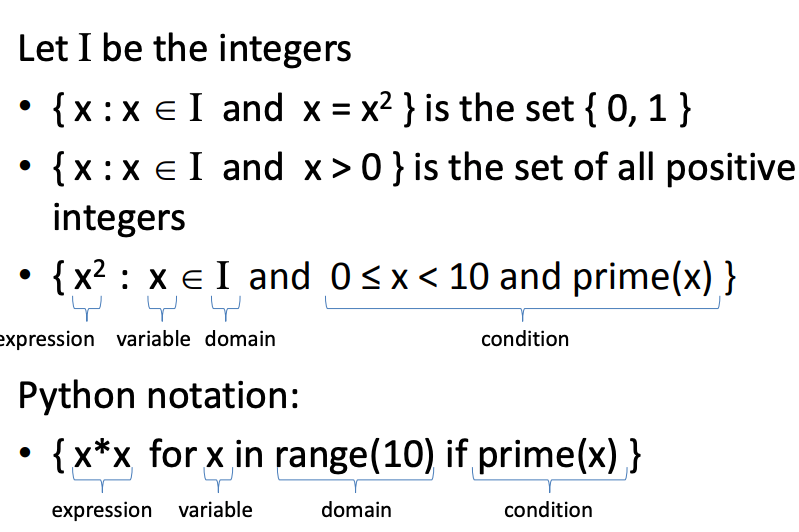
even_numbers_set = {x for x in numbers if x % 2 == 0}
print(even_numbers_set) # Output: {2, 4, 6}
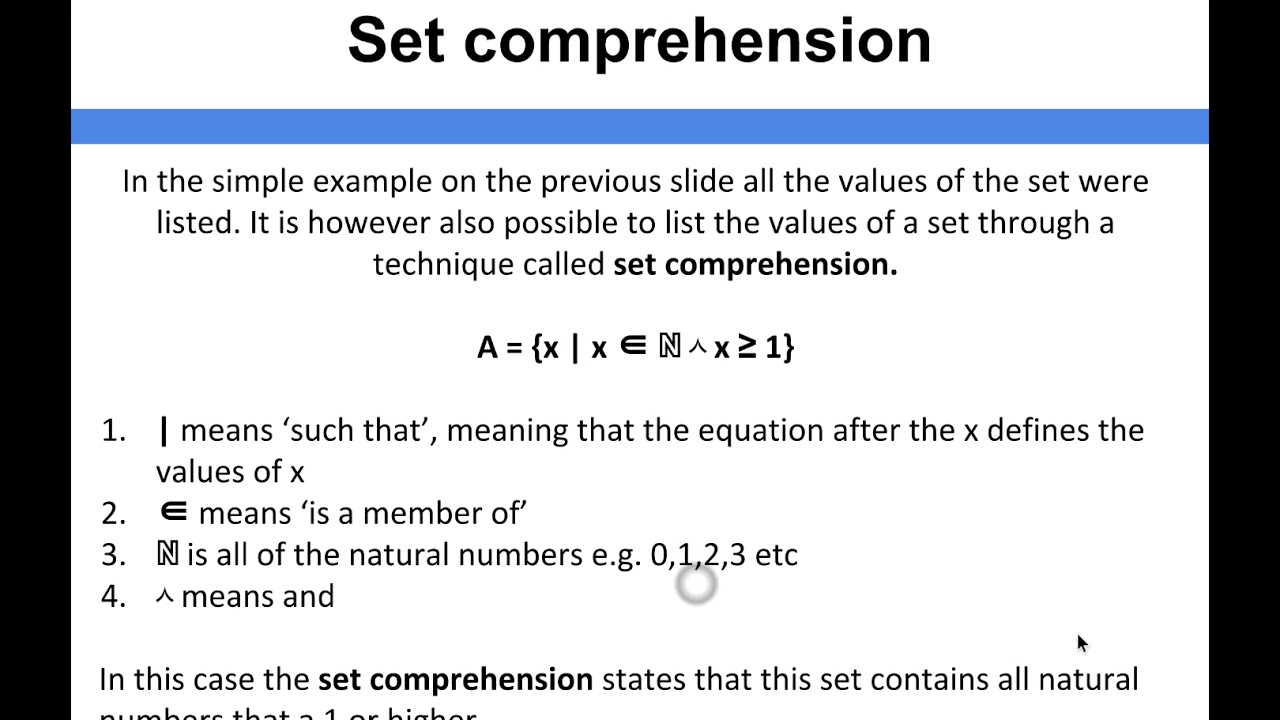
Here's what's happening:
We start by defining a listnumbers containing integers from 1 to 6. Inside the set comprehension, we're creating a new set called even_numbers_set. The x for x in numbers if x % 2 == 0 part is doing the magic! It's saying: "Hey, Python! Take each element x from the list numbers, and only include it in the set if it satisfies the condition x % 2 == 0. In other words, we're filtering out odd numbers. The resulting set even_numbers_set contains only the even integers from the original list: {2, 4, 6}.
Set comprehension is particularly useful when you need to:
Convert a list or tuple into a set for fast lookup or to remove duplicates Filter data based on certain conditions Create a new set from an existing iterableLet's explore more examples:
fruits = ['apple', 'banana', 'cherry', 'date', 'elderberry']
unique_fruits_set = {fruit.strip().lower() for fruit in fruits}
print(unique_fruits_set) # Output: {'apple', 'banana', 'cherry', 'date', 'elderberry'}
words = ['hello', 'world', 'python', 'code', 'developer']
vowel_words_set = {word.lower() for word in words if word[0] in 'aeiou'}
print(vowel_words_set) # Output: {'hello', 'code'}
In the first example, we're using set comprehension to convert a list of fruits into a set, stripping and normalizing each fruit name.
In the second example, we're creating a new set containing only words that start with vowels. The word[0] in 'aeiou' condition checks if the first character of each word is a vowel (a, e, i, o, or u).
Now, let's take a look at what happens when you combine set comprehension with other Python features:
d = {'name': 'John', 'age': 30, 'city': 'New York'}
keys_set = {key for key in d.keys()}
values_set = {value for value in d.values()}
print(keys_set) # Output: {'name', 'age', 'city'}
print(values_set) # Output: {'John', 30, 'New York'}
Here, we're using set comprehension to extract the keys and values from a dictionary d as separate sets.
In conclusion, set comprehension is an incredibly powerful tool in Python that allows you to create new sets from existing iterables with ease. By combining it with other Python features, you can perform complex data transformations and filtering with just a few lines of code!
